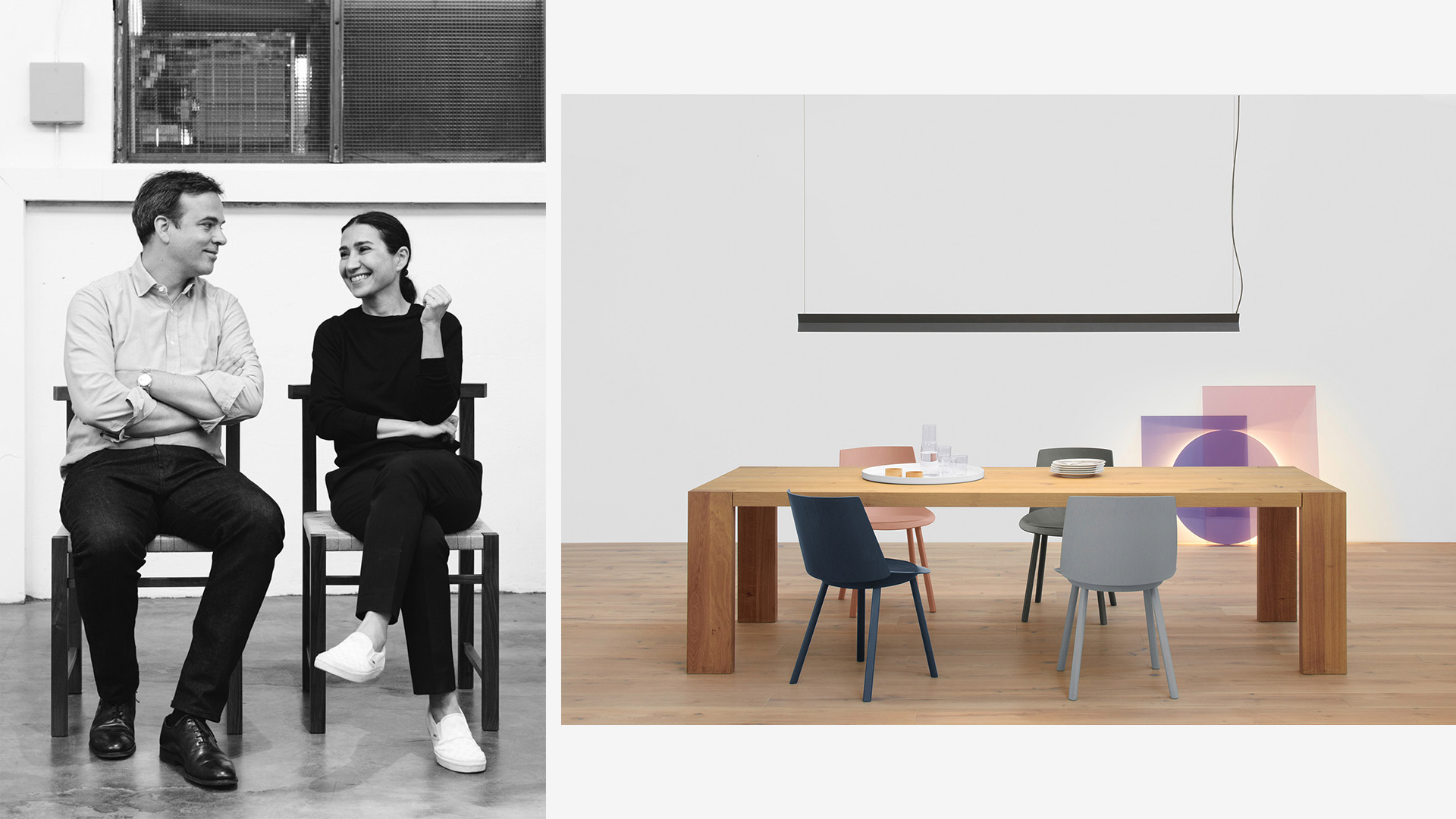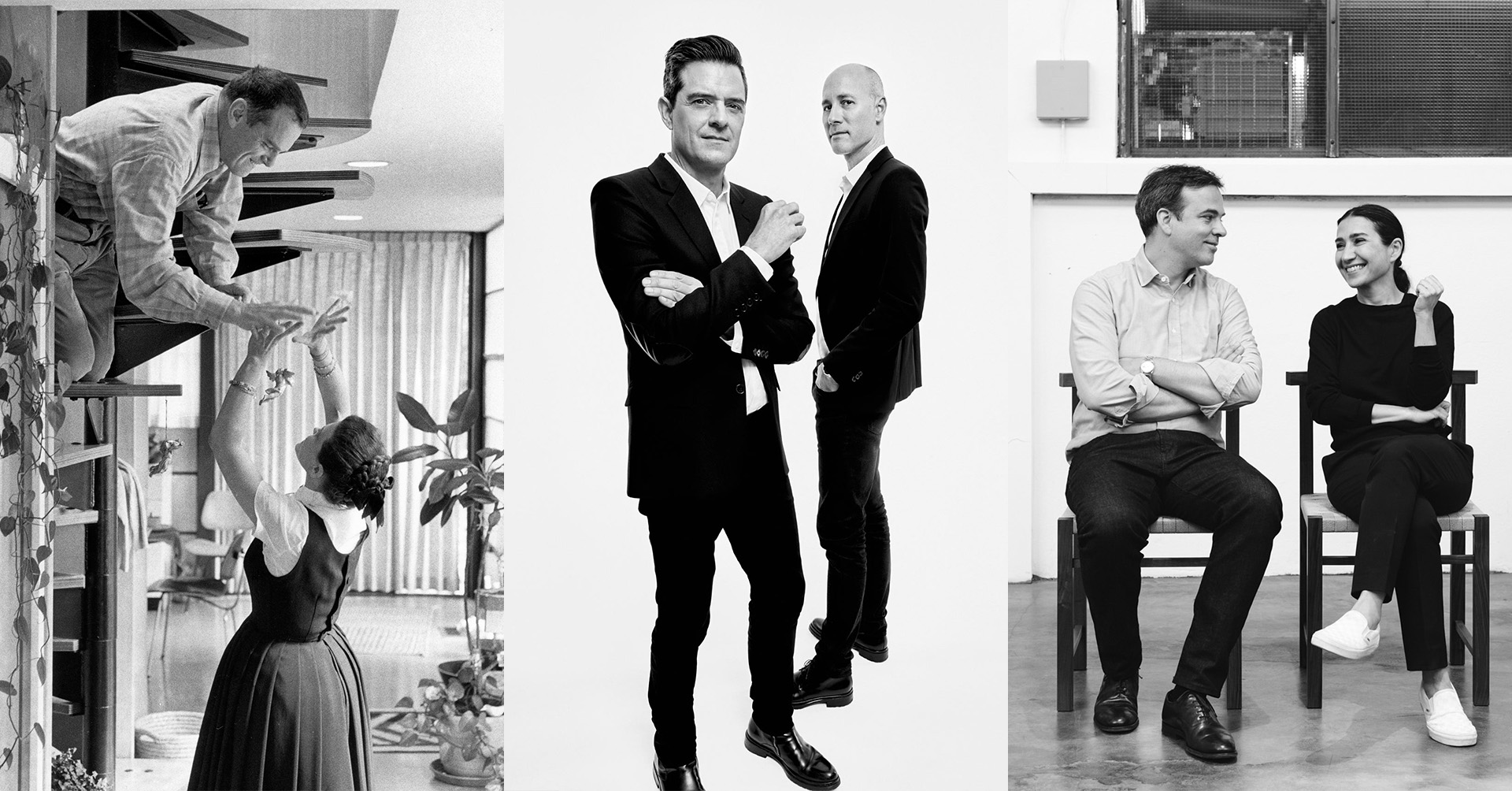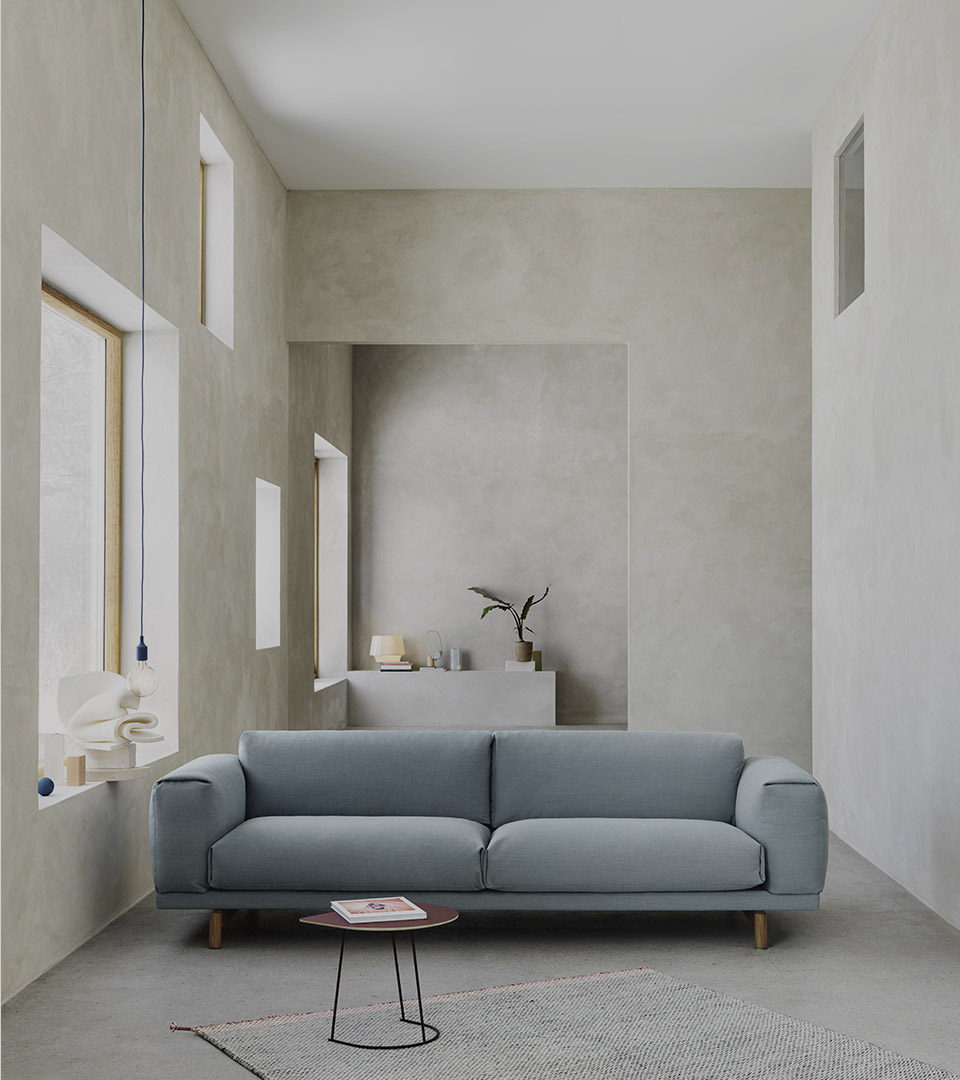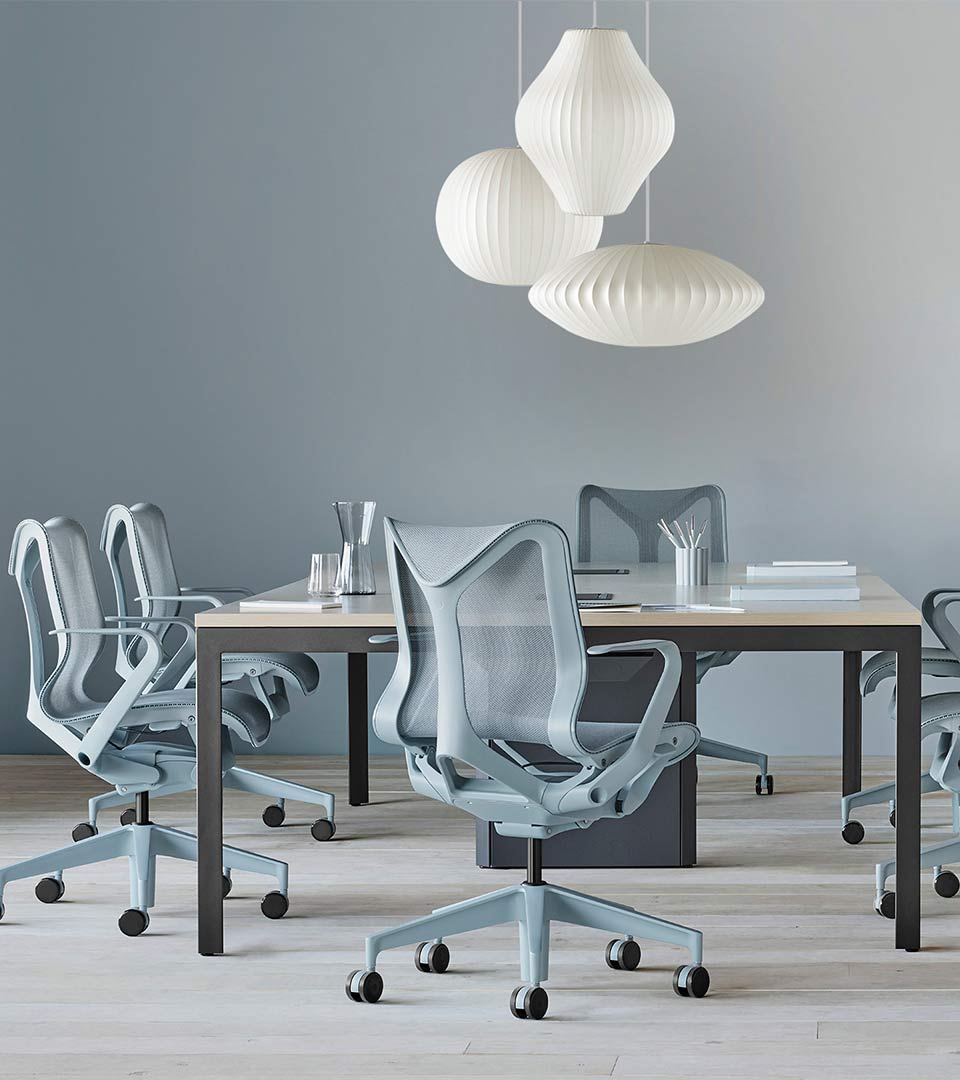A love story told through objects - Each arrangement working slightly different than the next, these partnerships are at the heart of design’s most iconic works, methods, and aesthetics.
It begins at the turn of the 20th century with Charles Rennie Mackintosh and Margaret MacDonald—two founding members of The Four, the iconic Glasgow School collective that pioneered Art Nouveau’s distinctively industrial armature. The narrative continues through the mid-1900s with the rise of famous duos like Charles and Ray Eames, Aline and Eero Saarinen, and Florence and Hans Knoll, who are remembered for their landmark contributions to architecture and design. Each arrangement working slightly different than the next, these partnerships are at the heart of design’s most iconic works, methods, and aesthetics.
Perhaps the most influential collaboration in design history, the husband-and-wife team of Charles and Ray Eames helped to create new concepts in furniture for a modern century. Exploring new techniques and materials like moulded wood, fiberglass-reinforced plastic, and bent wire, they created affordable furniture for the likes of Herman Miller, which have since become iconic pieces in design history. Their California studio was a laboratory where their team constantly refined and revised their experiments, reducing furniture to its most essential forms—as was the Pacific Palisades home they created as one of the famous Case Study Houses. “The details are not details,” said Charles. “They make the product.” In addition to furniture, they created toys, films, videos, and textiles.
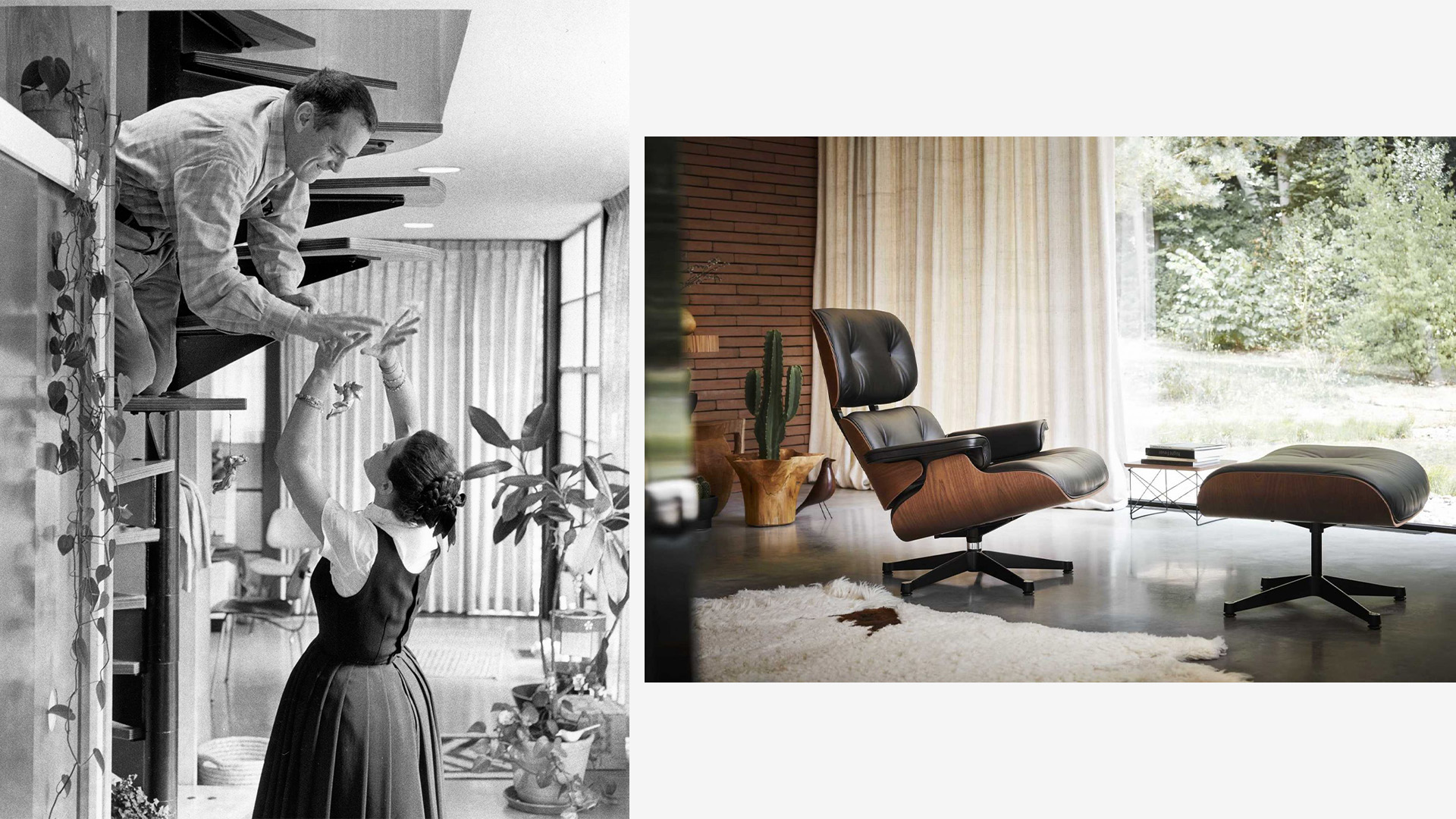
In 1941 Florence moved to New York where she met Hans Knoll who was establishing his furniture company. With Florence’s design skills and Hans’ business acumen and salesmanship, the pair, who married in 1946, grew the nascent company into an international arbiter of style and design. Florence also seeded contributions with her friends Eero Saarinen, Harry Bertoia, and Mies van der Rohe. She worked with top designers to create or reissue such lasting icons as Saarinen’s “Tulip” chairs and tables, and the famous coffee table Isamu Noguchi created in 1944. An accomplished designer in her own right, Knoll was an early proponent of “total design,” the idea that all elements of a space, from its architecture down to its smallest details, should be connected.
Impenetrable as an outsider, the dynamics of these working relationships remain mysterious. Pieces like Charles and Ray Eames’ DCW Chair have become the enchanting symbols for the greater collaborative moments —a love story told with objects. Aligning themselves with a powerful legacy, new international design duos are creating new benchmarks in design.
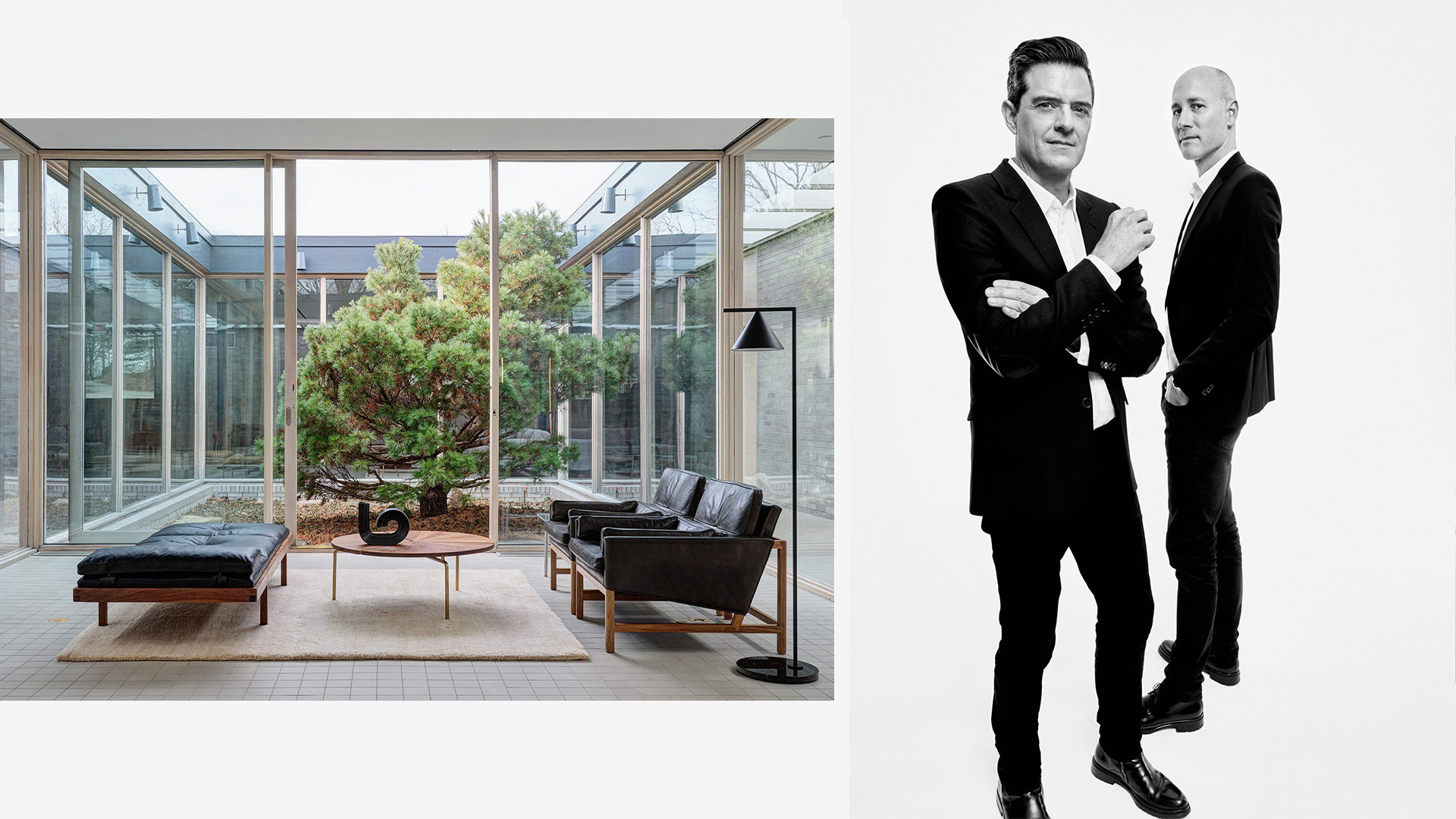
BassamFellows’ pioneering aesthetic, which marries architectural authority with a minimal-artisanal philosophy, was introduced with the debut of the iconic Tractor Stool at the 2003 Salone del Mobile in Milan. “Luxury has to be comfortable and has to be easy,” says Scott Fellows, half of the superstar design team. Fellows, a Harvard MBA and creative director, is credited with the complete makeover of Swiss fashion house Bally. His business partner, Craig Bassam, is an architect and designer whose career started with Bruce Eeles, the Australian architect who worked with Marcel Breuer. Together Bassam and Fellows have redefined Craftsman Modern. BassamFellows has become the champion of a design movement focusing on traditional modernist principles – honest materials, solid construction, utility, beauty without elaboration – alongside warmth and natural materials, believing that nature is a key part of luxury living.
Modernism’s reductionism and rational lines echo through designs of Farah Ebrahimi and Philipp Mainzer, husband and wife, and also the creative force behind furniture company e15. Uprooted archetypes are present too, in the design of the Bigfoot™ Table and Shiraz Sofa, and the unconventional silhouette of the Houdini Chair, designed with Stefan Diez. The couple also share a passion for bringing lesser-known Modernist designs to a broader audience. e15 released the Ferdinand Kramer series. A collection of carefully chosen pieces that illustrated, in the words of his wife Lore, Kramer’s “deep, life-long connection to the Bauhaus people, to the young, internationally artistic avant-garde.” It makes sense that this emotive tale would appeal to Mainzer and Ebrahimi. After all, their project, e15, is profoundly intimate too. “It’s a very personal project, which reflects our characters.” says the couple “We started e15 to create what we believe in, as well as what the society still needs. This approach has been the driving force behind the brand to this day.”
